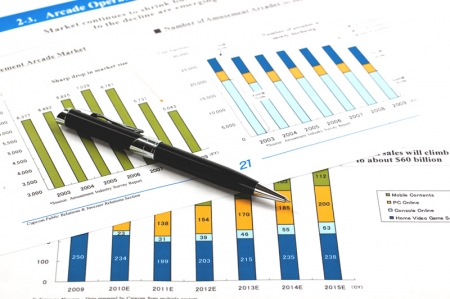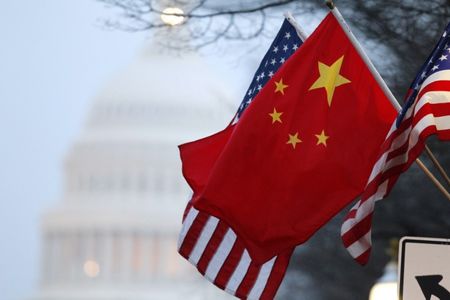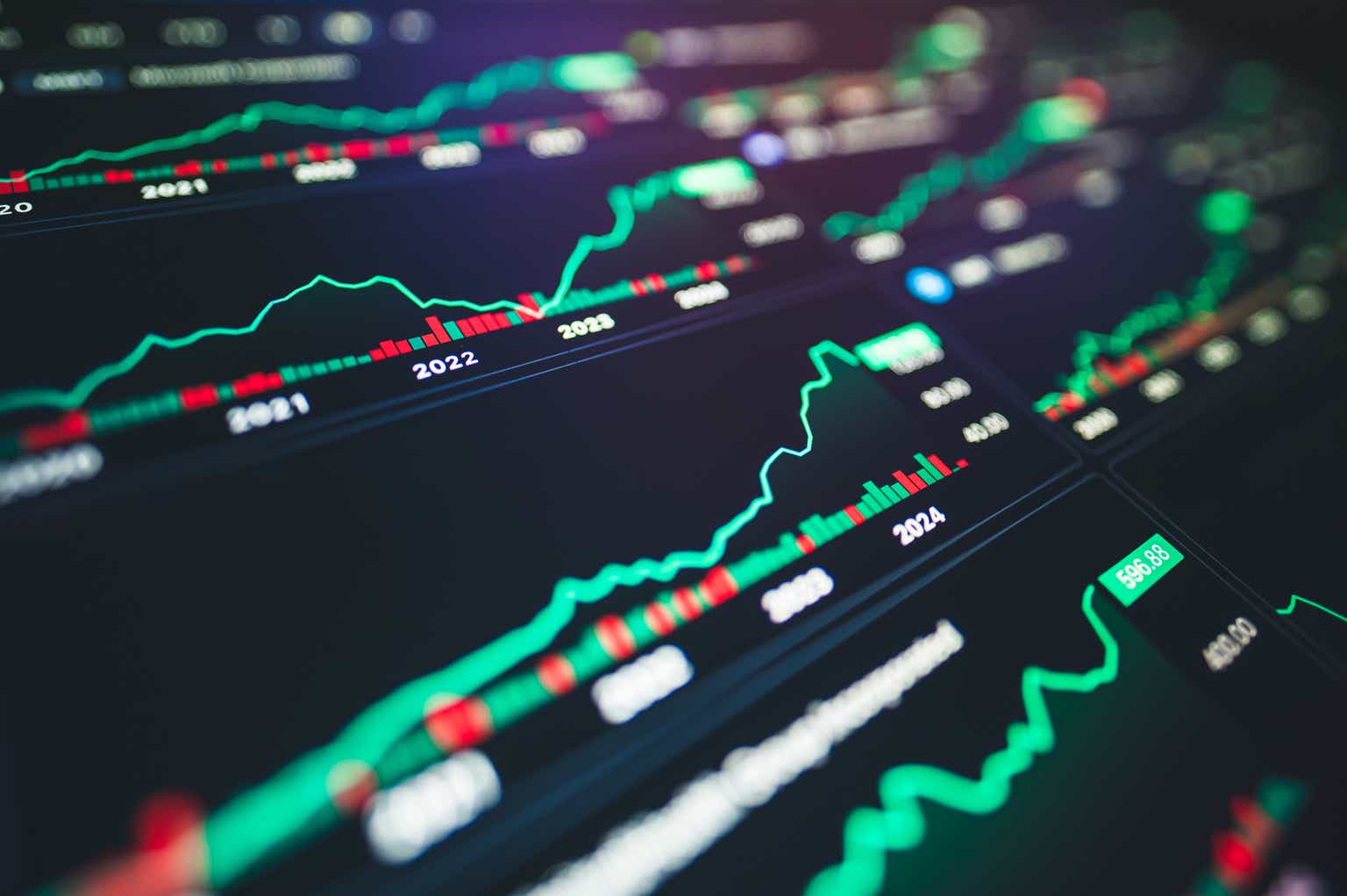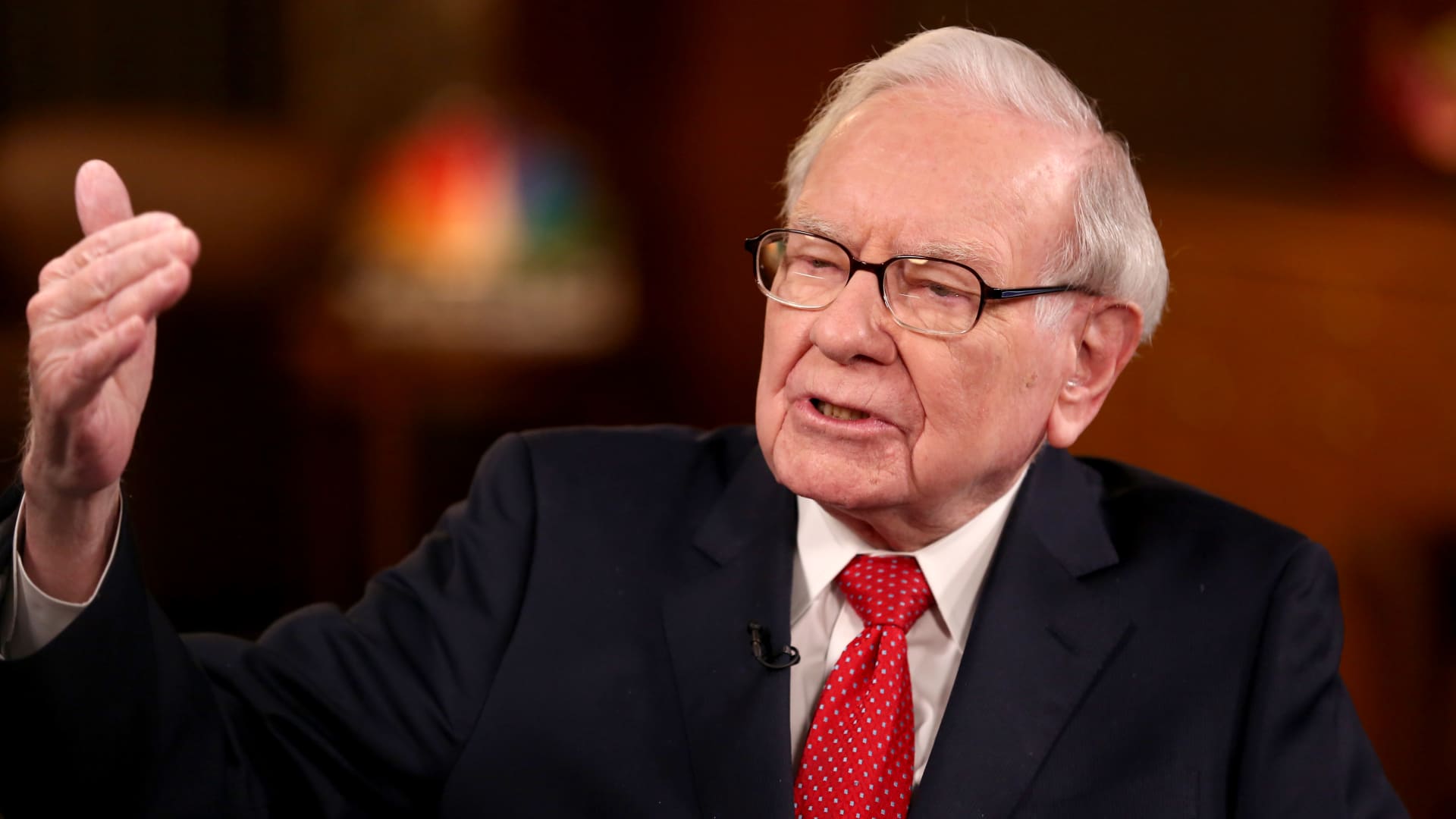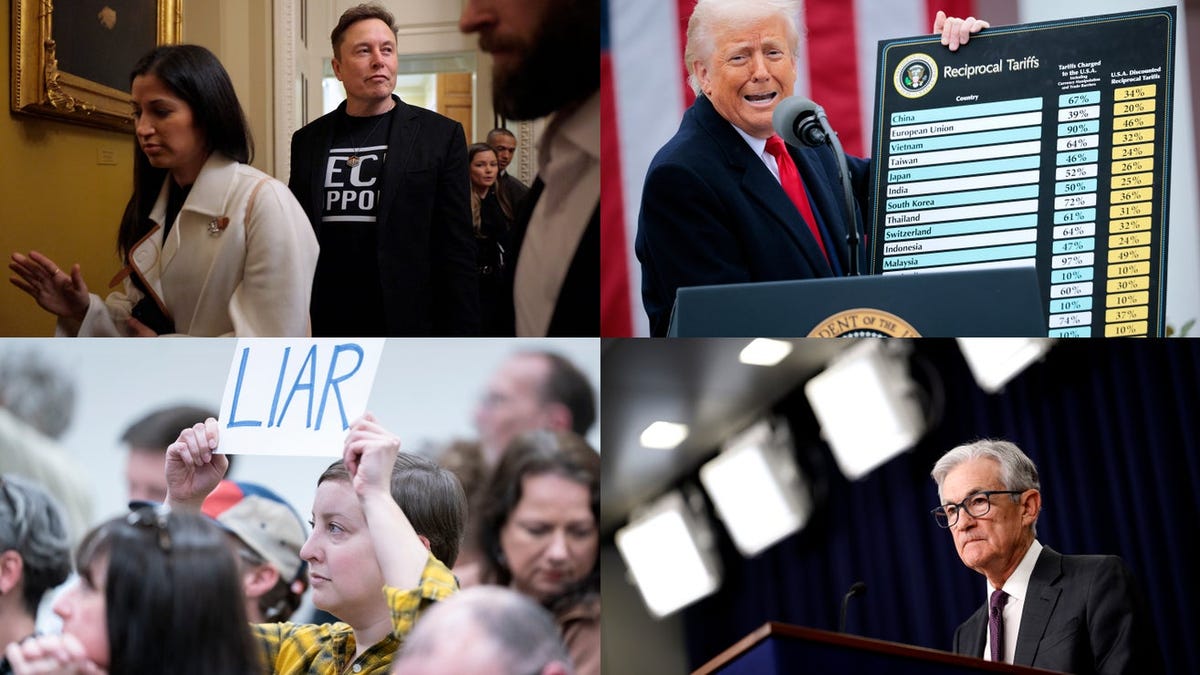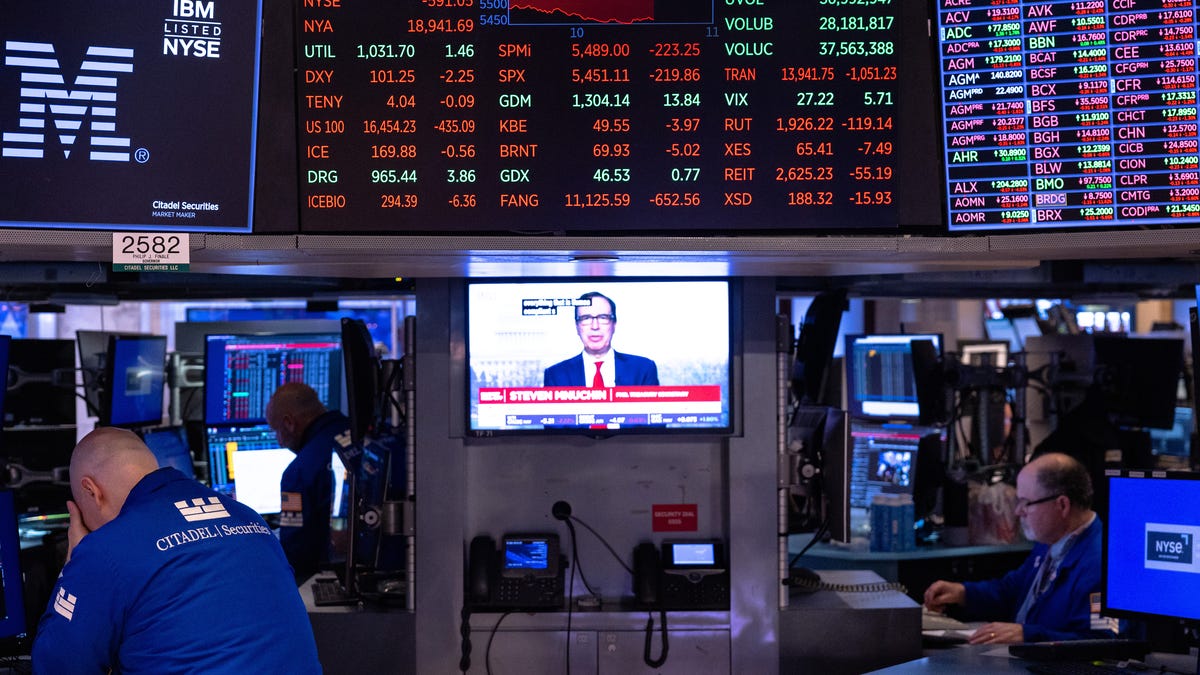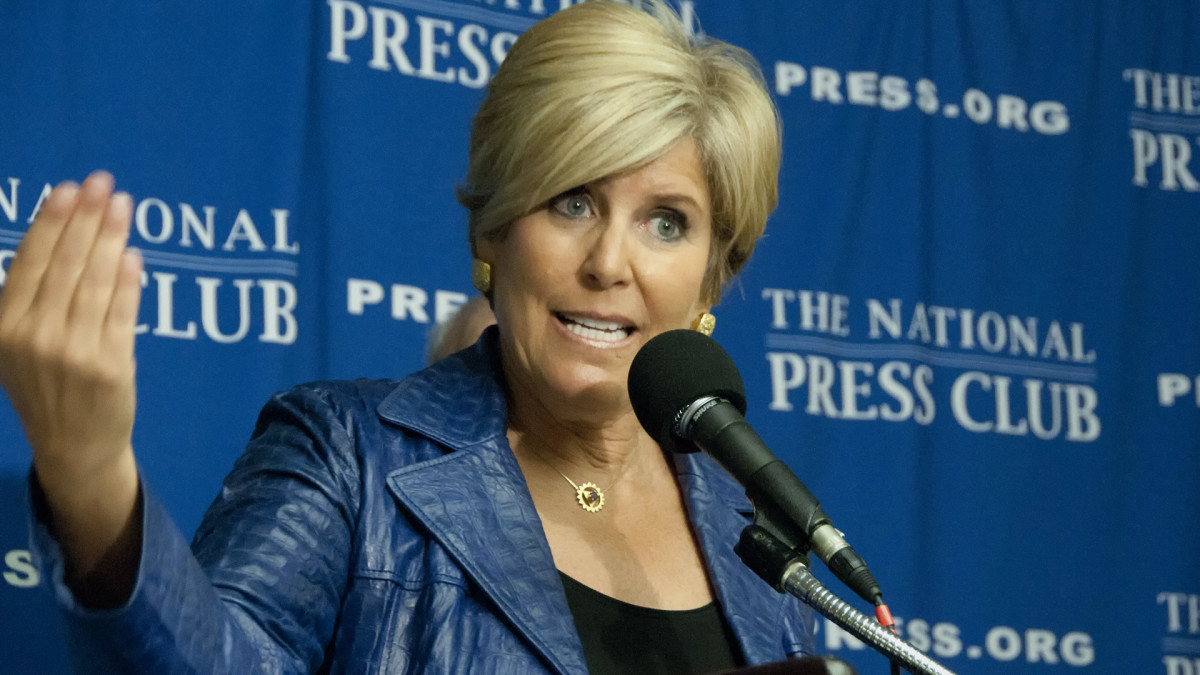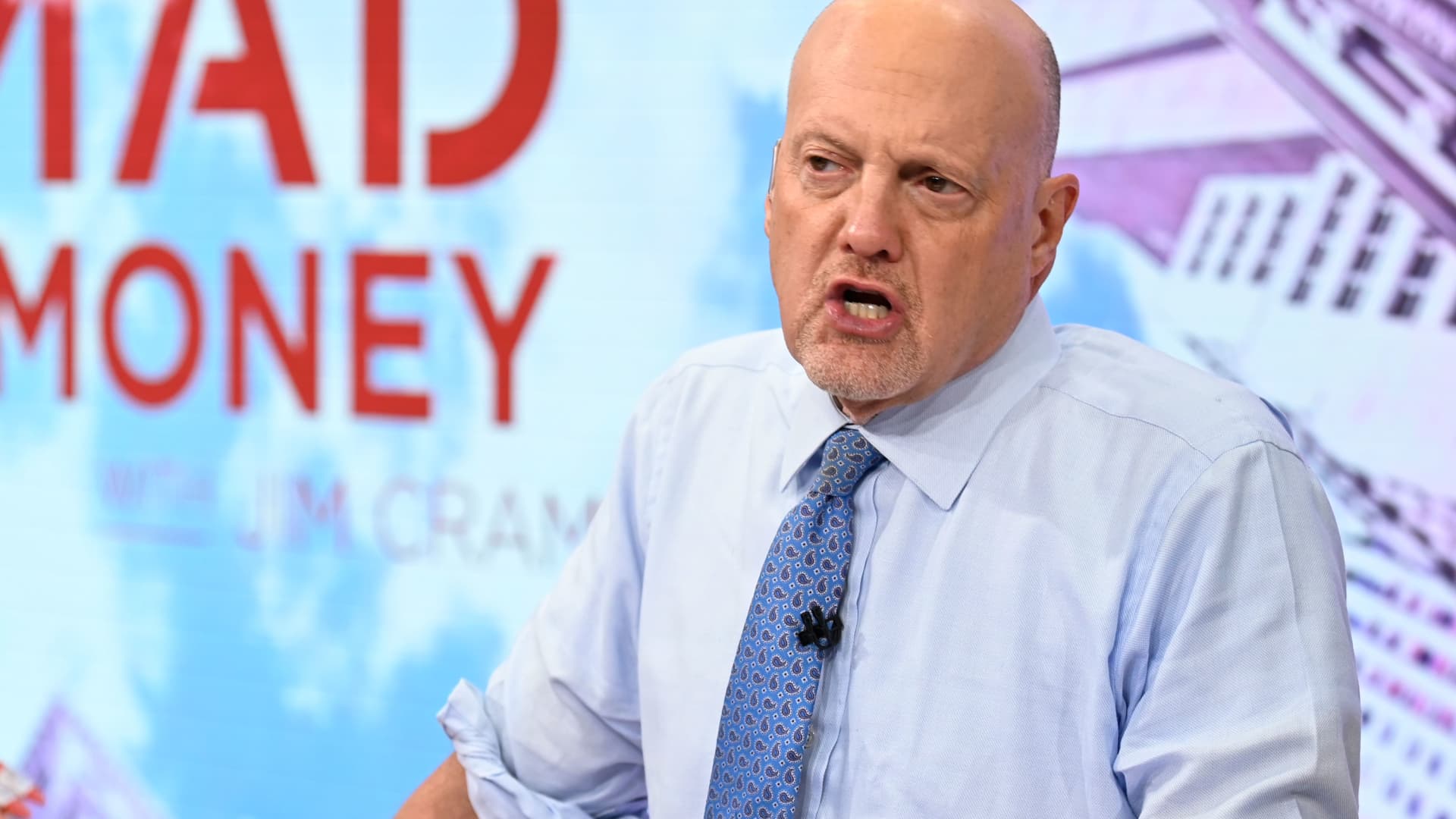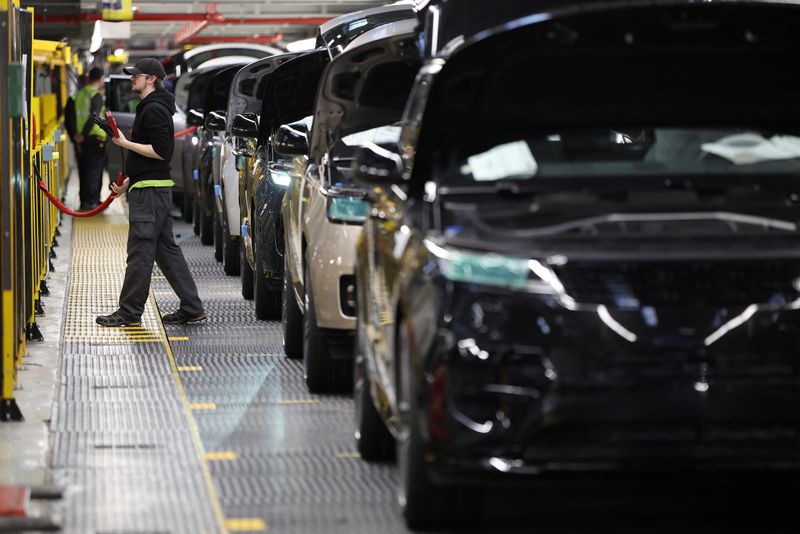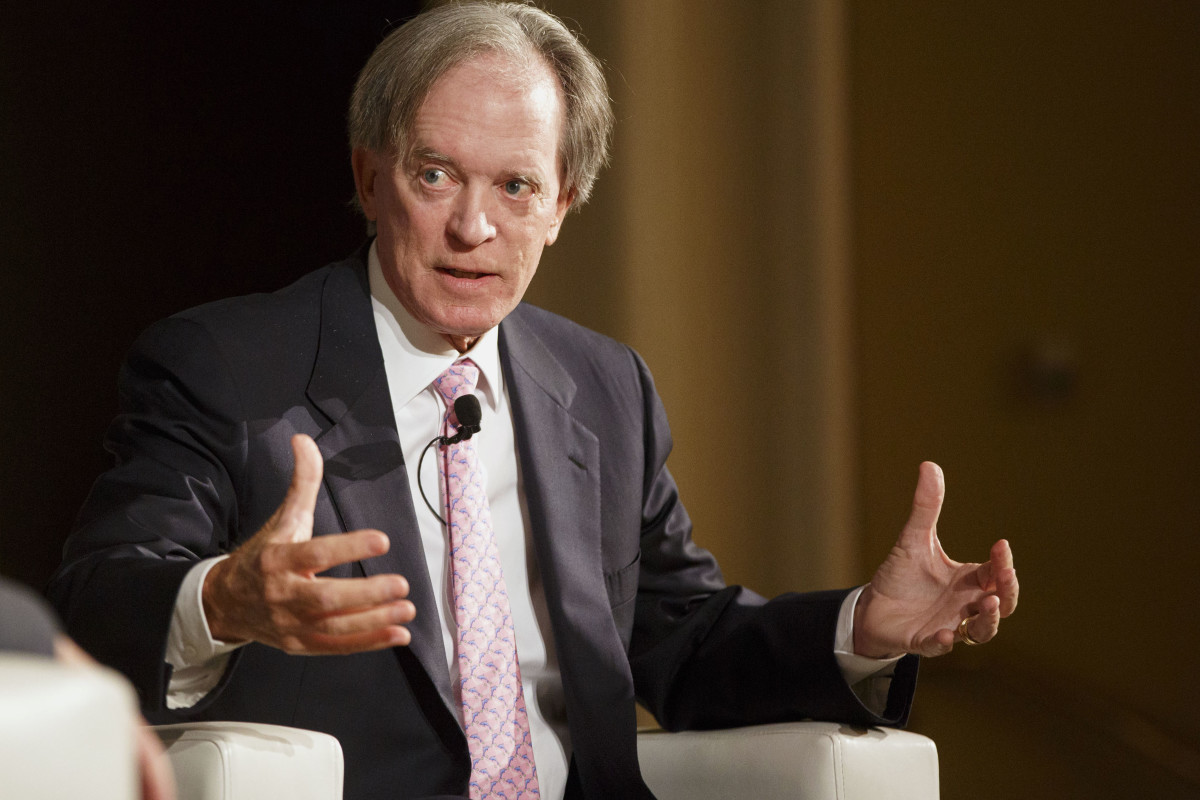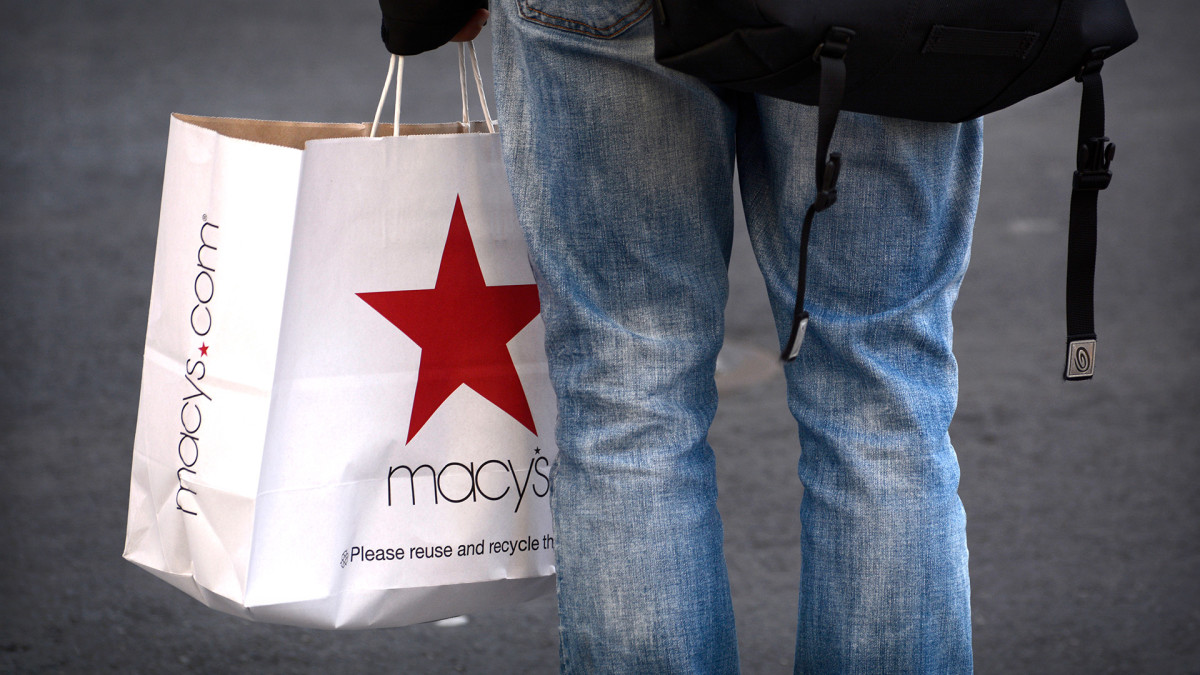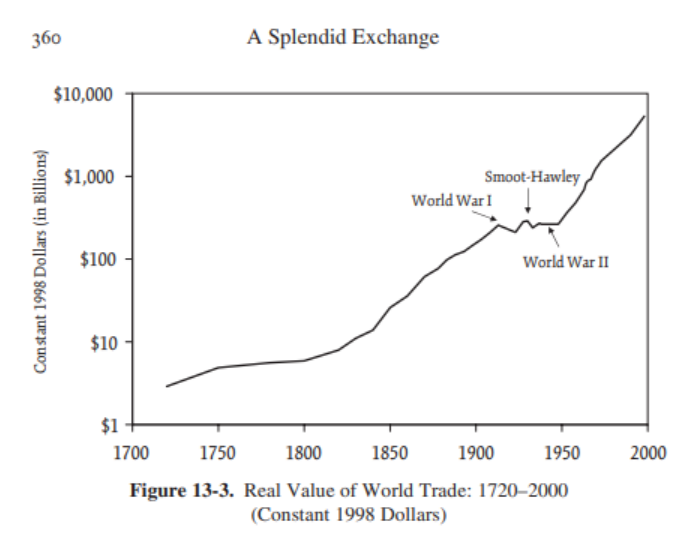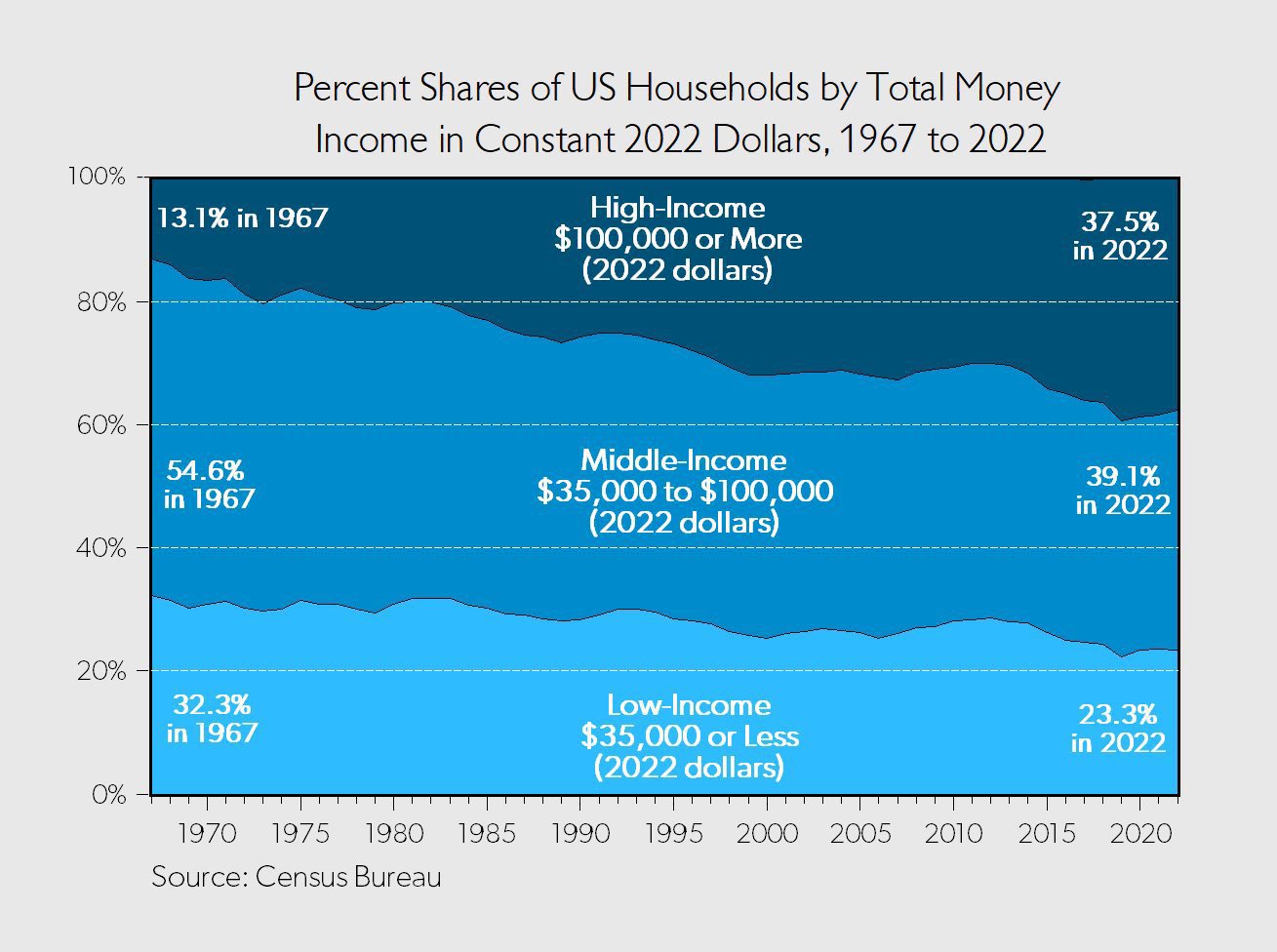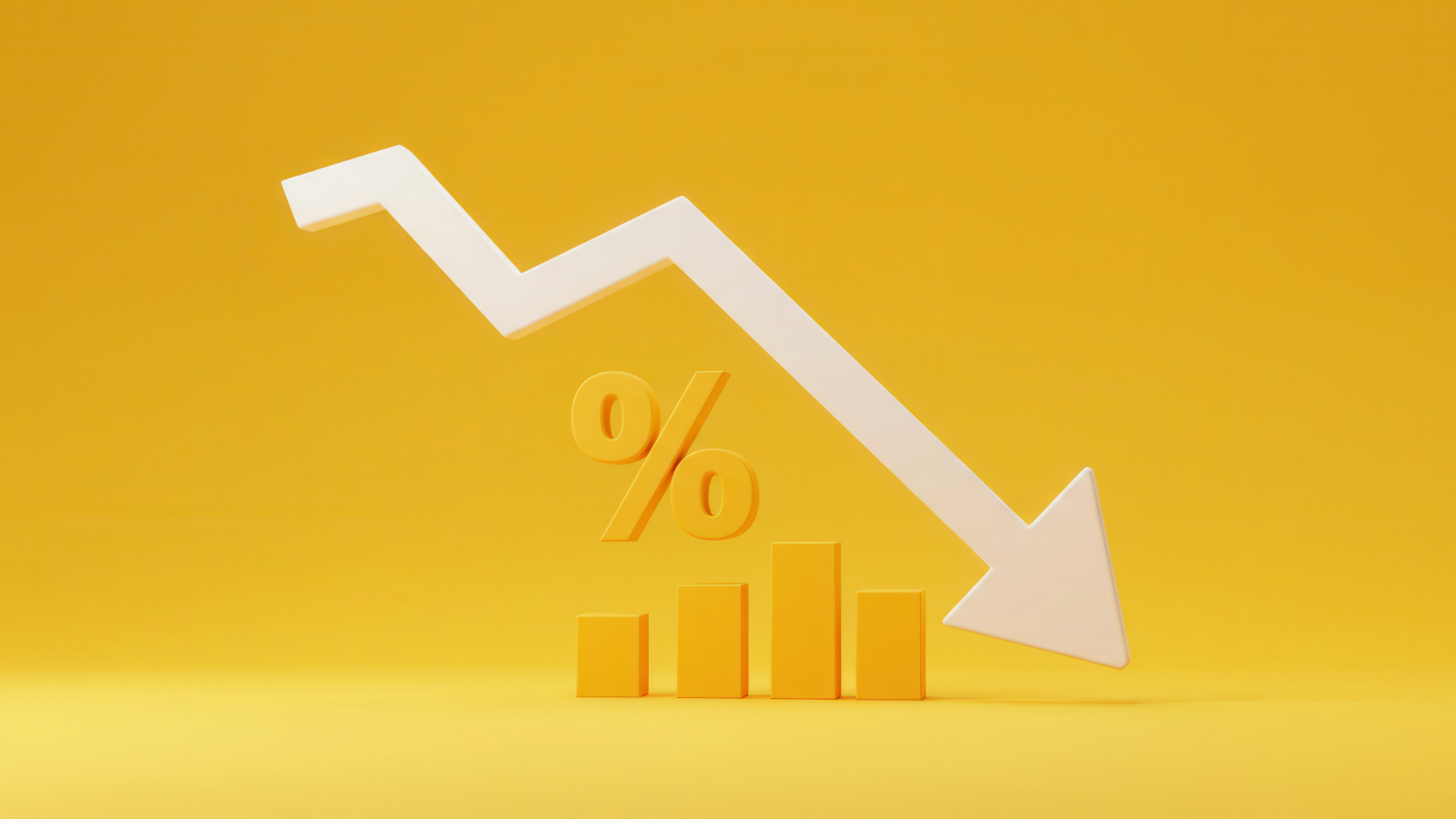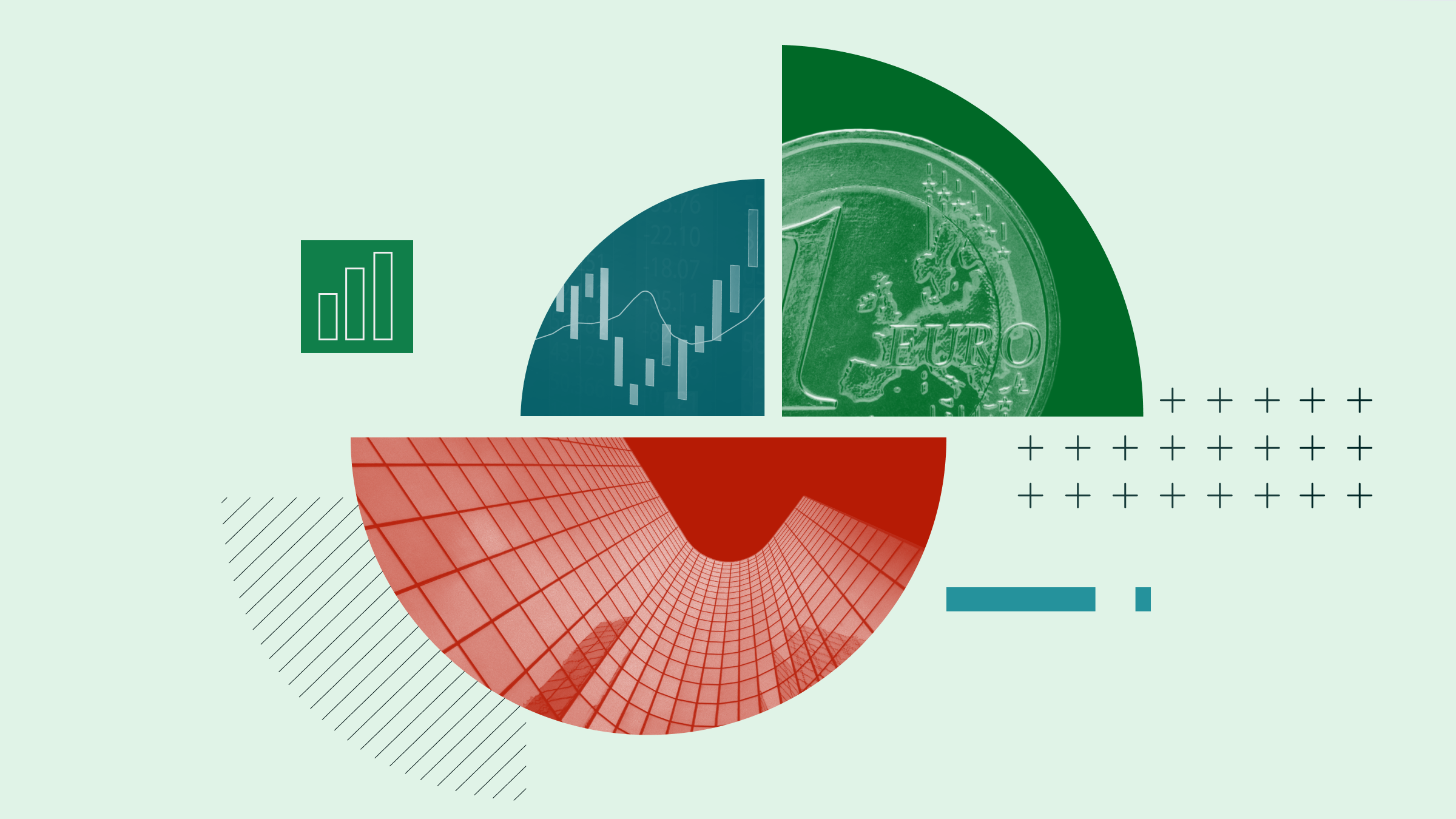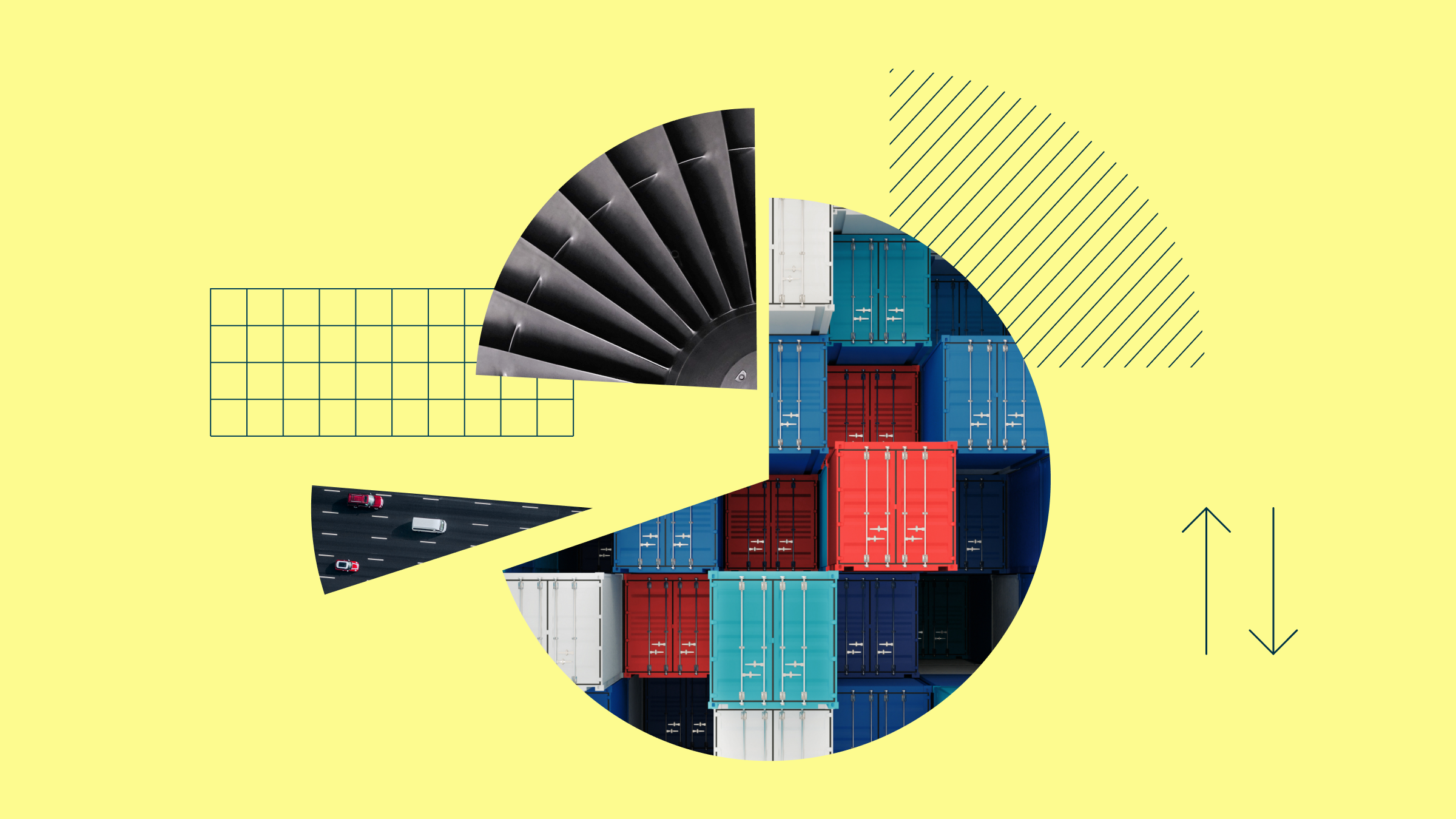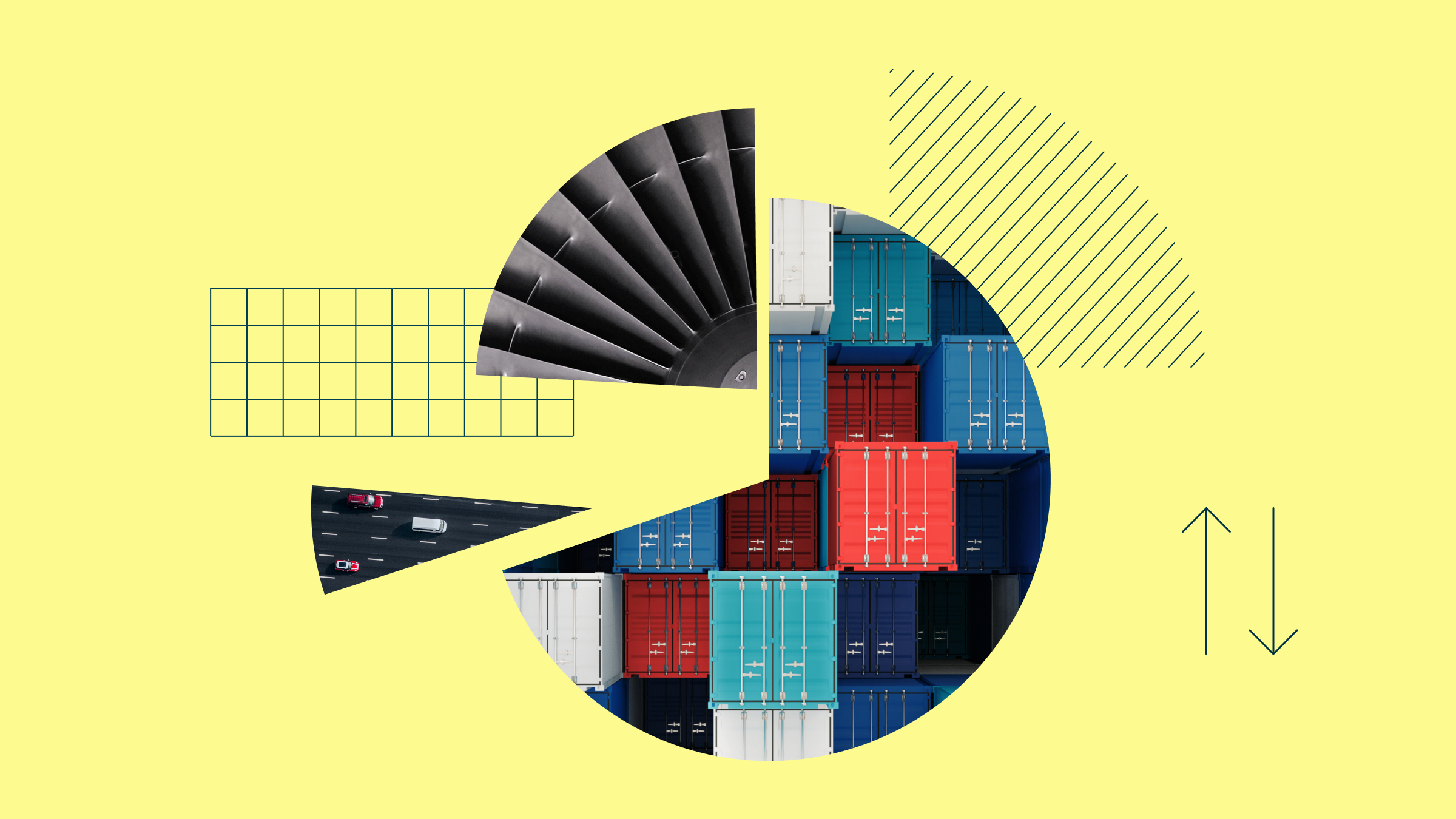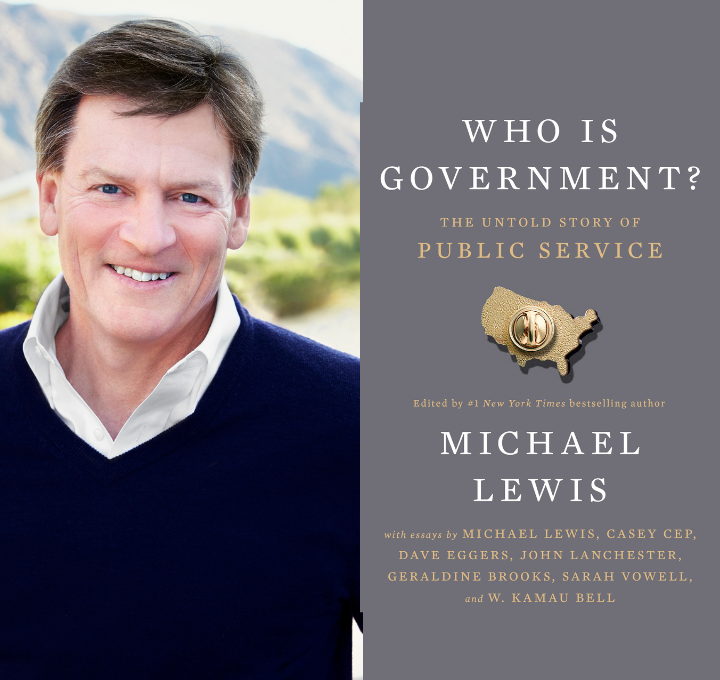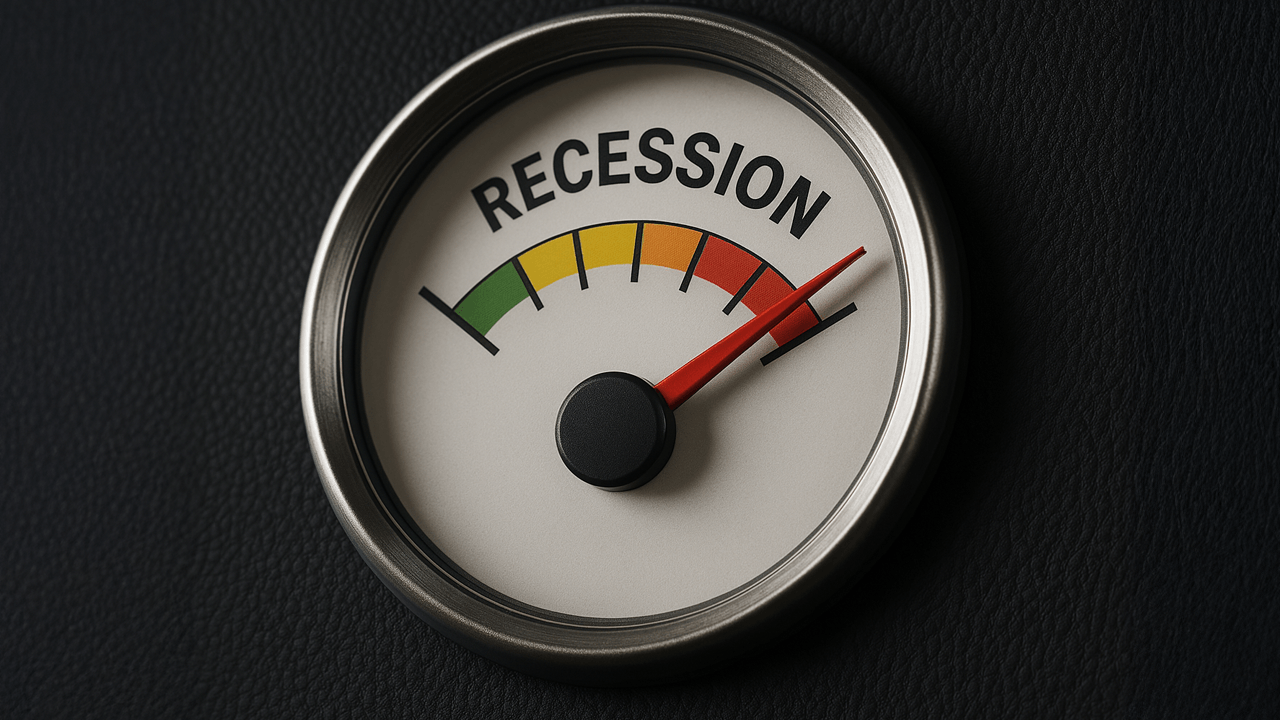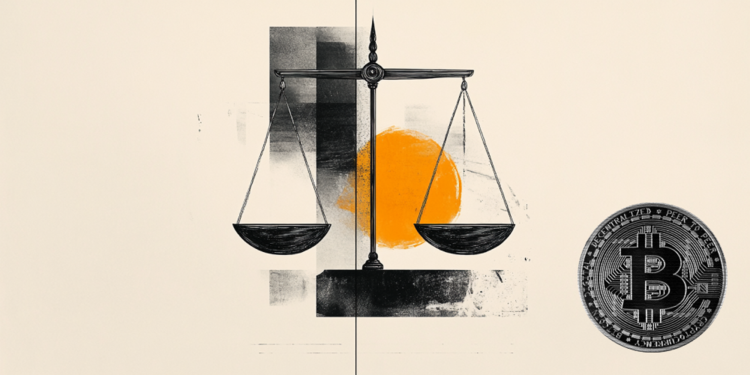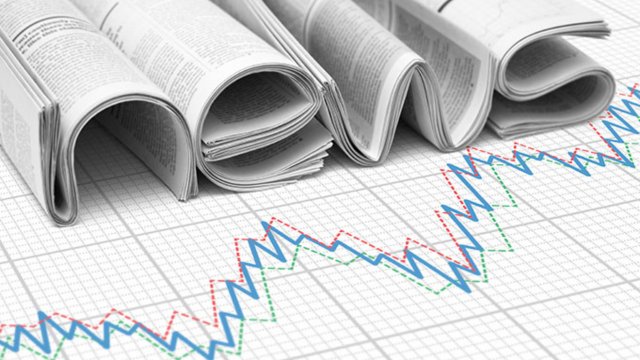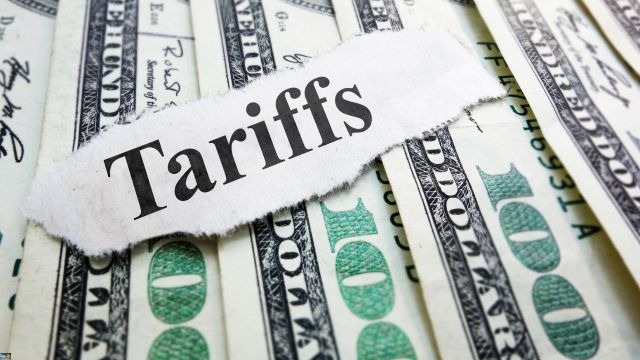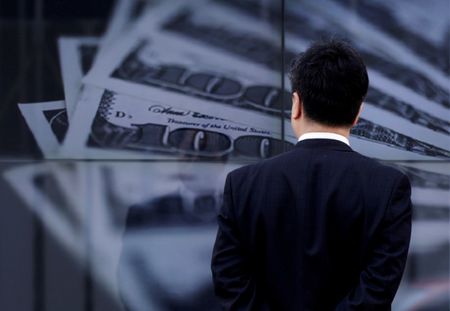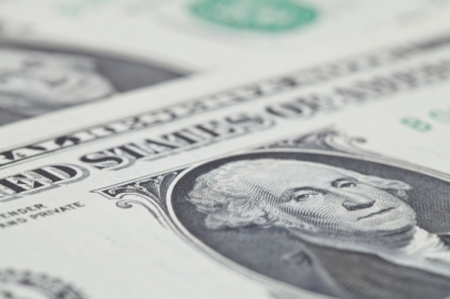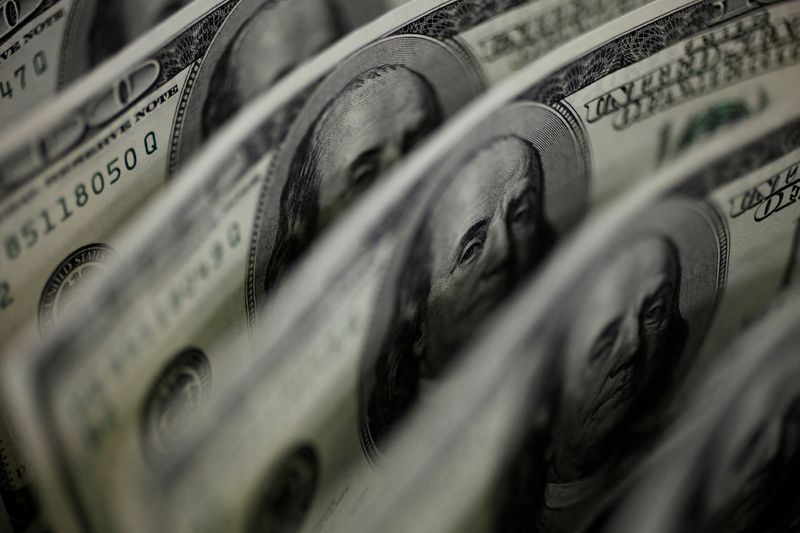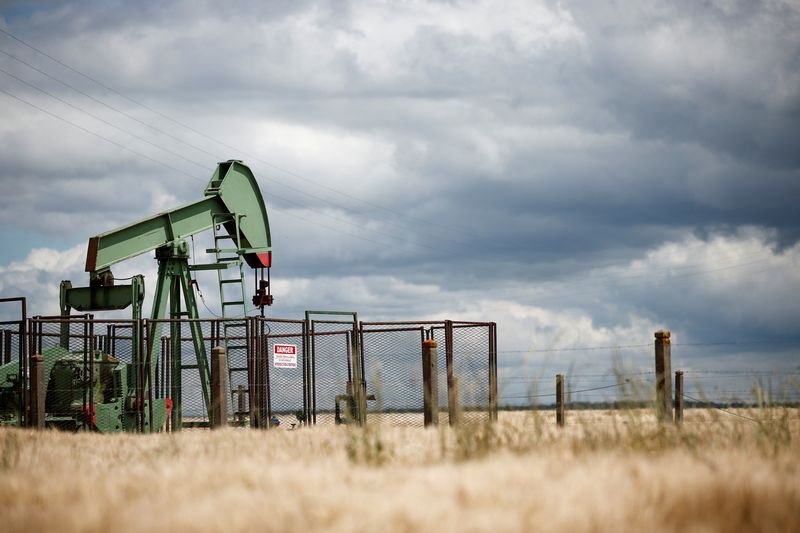Trump tariffs are weakening the dollar instead of boosting it—further adding to the price Americans will pay for costlier imports
So far this year, the US dollar index, which tracks the greenback against a basket of other global currencies, has tumbled 4.7%.

- The US dollar has been falling as President Donald Trump rolls out his tariffs, and it plunged after he unveiled much steeper-than-expected duties on "Liberation Day." That goes against what markets had anticipated before he launched his trade war. The weaker greenback makes imports more expensive, adding to the costs from Trump's aggressive import taxes.
President Donald Trump's tariffs have slammed the dollar, defying expectations for a stronger greenback and adding to the price Americans will pay after import taxes are passed on.
So far this year, the US dollar index, which tracks the greenback against a basket of other global currencies, has tumbled 4.7% as investors increasingly price in the economic impact of the widening array of duties.
After imposing tariffs on China, Canada, Mexico, steel, aluminum and autos earlier this year, Trump shocked global markets on Wednesday with fresh tariffs on nearly every trading partner that were much steeper than expected.
Fitch Ratings estimated that the overall effective tariff rate will be about 25%—the highest since 1909—up from its prior estimate of an 18% rate and more than 10 times last year's rate of 2.3%. As a result, JPMorgan economists raised their recession odds to 60% from 40%.
The "Liberation Day" announcement sent the dollar index crashing more than 2%, marking its worst single-day loss in nearly 10 years, punctuating an earlier decline as the steady drip of prior tariffs eroded views on the US economy and American assets.
But it wasn't supposed to be this way. During the presidential campaign and afterward, Wall Street's "Trump trade" included a bet that tariffs would tilt the balance of exports and imports in favor of the US and lift the dollar. Instead, the actual tariffs that Trump has unveiled have been so draconian that they are ending the "American exceptionalism" that the US economy and financial markets once boasted.
Companies are expected to absorb some of the tariff costs and pass on the rest to consumers. By some estimates, the added cost of the auto tariffs alone could mean a price increase of $5,000-$10,000 per vehicle.
Meanwhile, former Treasury Secretary Larry Summers said the overall net impact of the tariffs will cost a family of four about $300,000.
On top of that, a weaker dollar will result in even higher prices for imports from certain countries. For example, a car from Germany priced at 50,000 euros would translate to about $55,000 at Friday's exchange rate of $1.095 per euro—before factoring in tariffs.
That premium is about $4,000 more than in early January, when the Trump trade was at its peak and the exchange rate was $1.02 per euro, with investors speculating that parity might even be possible again.
On the flip side, a stronger dollar would make imports cheaper. During his January confirmation hearing for Treasury secretary, Scott Bessent said the dollar could appreciate by 4% in response to a 10% tariff, "so the 10% is not passed through" to consumers.
For his part, Trump said last weekend that if prices on foreign cars go up, then consumers will buy American cars, as he shrugged off concerns that auto tariffs will cause carmakers to hike prices.
"I couldn’t care less if they raise prices, because people are going to start buying American-made cars," he said in an interview with NBC News on Saturday.
"I couldn’t care less. I hope they raise their prices, because if they do, people are gonna buy American-made cars. We have plenty."
This story was originally featured on Fortune.com




